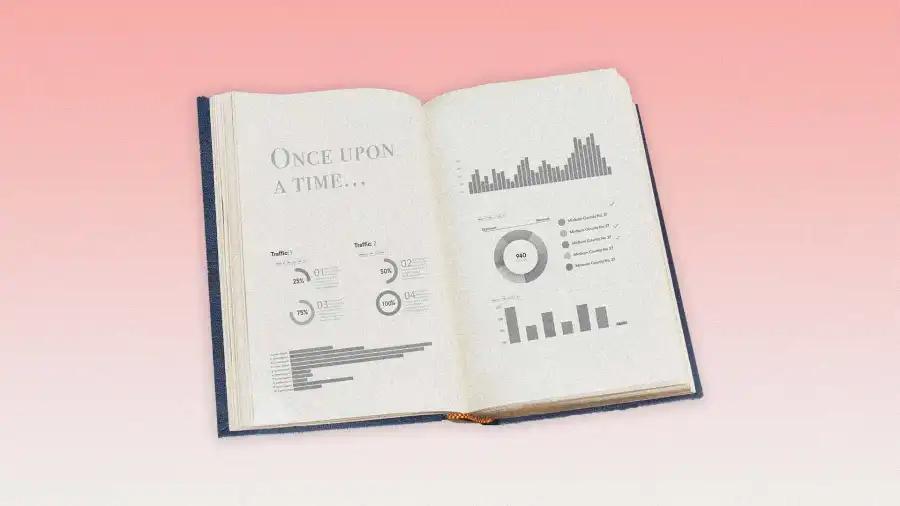Explore the World's Best Ideas
Join today and uncover 100+ curated journeys from 50+ topics. Unlock access to our mobile app with extensive features.
Presenting data without a story is painfully boring
You may have been to a presentation that is rich in data, but there's no story or anything compelling to help you connect the data to the larger insights.
Without a story, the audience's eyes may start to gloss over as they try to remain present. You may struggle to understand what the presenter is trying to say.
52
590 reads
Start with a story
The story helps to frame communication. Descriptors like people, pictures, colours, sounds, and points of view give data meaning.
For example, a politician may tell a story about Casey, whose life was improved because of specific legislation. As a listener, you may not know the details of the legislation, but you will learn how it helped Casey.
Consider adding an overview or summary, so the reader knows where you're taking them. Adding visuals can bring the story to life.
48
283 reads
Make the data entertaining
Data is just information. It needs to be organised, distilled and interpreted so the audience knows what the message is and what actions can be taken. Creating a story gives data a voice.
Consider framing your data in an amusing or comedic way.
48
253 reads
Put things into context
When stories accompany data, it allows us to see into other perspectives.
Stories make data relatable and memorable. It connects the audience to the data.
48
252 reads
Craft connection
When data is connected to an effective story, it becomes a supporting actor in a larger production.
As a result, people will feel connected to the data and be more likely to take action.
47
239 reads
Know your audience
The type of story depends on your audience. Some people will need more granular information, while others are only comfortable with the highlights.
For example, when you are presenting to the board, a story about how customers are impacted is more compelling than a story about Casey.
47
227 reads
IDEAS CURATED BY
Antonio Y.'s ideas are part of this journey:
Learn more about communication with this collection
Conducting effective interviews
Identifying the right candidates for the job
Creating a positive candidate experience
Related collections
Similar ideas
Read & Learn
20x Faster
without
deepstash
with
deepstash
with
deepstash
Personalized microlearning
—
100+ Learning Journeys
—
Access to 200,000+ ideas
—
Access to the mobile app
—
Unlimited idea saving
—
—
Unlimited history
—
—
Unlimited listening to ideas
—
—
Downloading & offline access
—
—
Supercharge your mind with one idea per day
Enter your email and spend 1 minute every day to learn something new.
I agree to receive email updates



